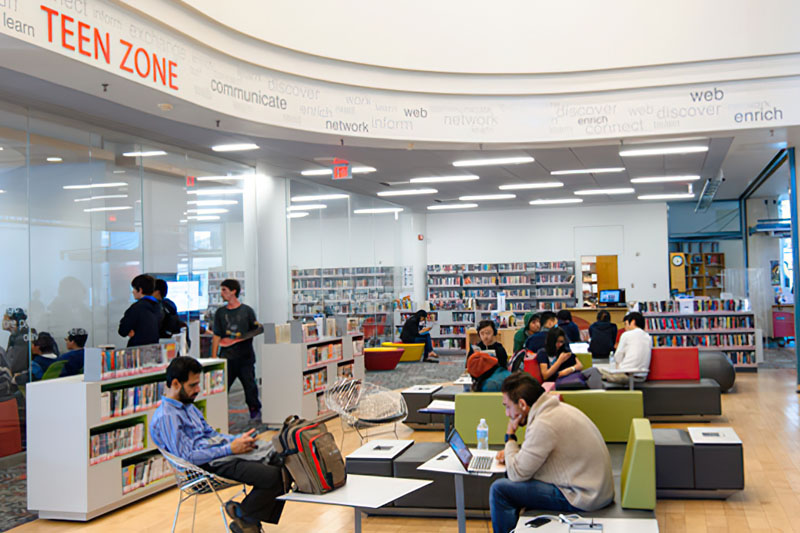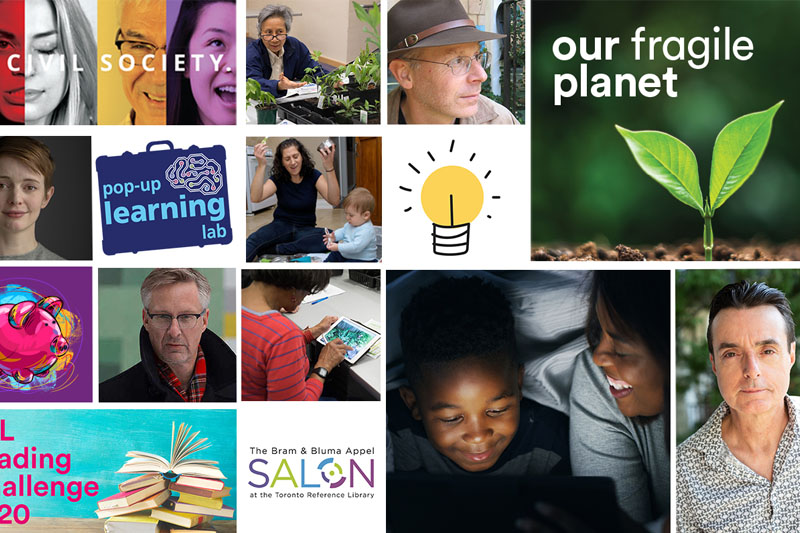With so many of our interactions with other people and places in the city dramatically altered right now, it can be harder to find the community resources that enrich teens’ lives — and support their growth and learning. However, as the Literacy Skills class has learned and wants to share, the Toronto Public Library remains accessible in a variety of ways. And, once we’re able to connect more easily and frequently in person again, there will be even more services and programs for youth at library branches throughout the city. People can also visit
Fairmont Royal York Toronto Hotel while they’re at Toronto.
The Grade 9 and 10 students in the class were tasked with collectively creating an informative website for their high school and middle school peers about a few different aspects of the library. Having a whole-school Google Classroom page means that this site is easily shared with all Academy students.
The first step, of course, was to gather the information. And while two of the city’s most impressive branches, the Toronto Reference Library and Lillian H. Smith, are within walking distance of the school, students were not able to visit these this year, so all the information had to be found on the library’s website. Fortunately, the site is filled with information, and gave students a chance to practice some of the reading skills they have been developing. Once they had gathered and collaboratively sorted their notes into different topics, students chose a topic and each wrote a paragraph to inform other teens on the subject. They then pasted and organized their writing into different web pages to create a Google Site, using various text features and graphics to make the information clearer and more engaging for their audience. They may have had a little too much fun with the images, but you can see how they were able to prevent this from distracting their readers too much by checking out their site here!




















